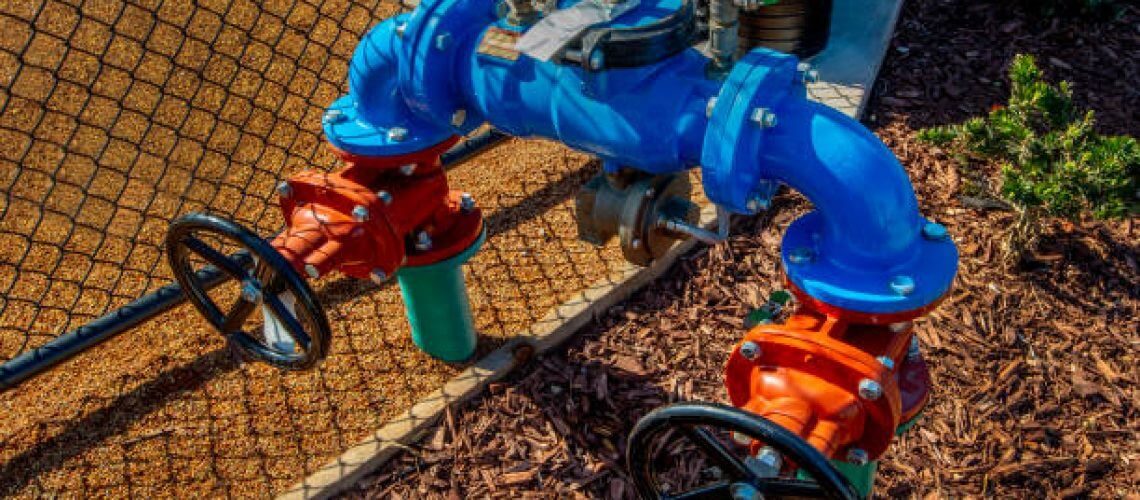One less discussed but crucial aspect of home plumbing is preventing backflow. Backflow occurs when the direction of water flow reverses, causing contaminants from the ground, storage, or other sources to enter the clean water supply. This can lead to serious health risks. Understanding and preventing backflow is therefore vital for every homeowner.
Understanding Backflow: The Causes and Types Impacting Home Plumbing Systems
Backflow typically occurs due to a change in pressure in the plumbing system. There are two main types of backflow: backpressure and back siphonage. Backpressure backflow happens when the downstream pressure exceeds the supply pressure, a common issue in home heating, boiler, and fire suppression systems. Backsiphonage, on the other hand, occurs when there is a negative pressure in the supply piping, often a result of a high demand on the water system, like when a fire hydrant is used or a water main bursts.
Backflow Dangers: How Contaminated Water Threatens Health in Your Home
The primary concern with backflow is the contamination of potable water. This contaminated water can contain hazardous materials such as pesticides, human waste, chlorine from pools, and other chemicals, posing a significant risk to health if consumed or used.
Preventing Backflow in Your Home
Air Gap
The simplest way to prevent backflow is by ensuring an air gap in your plumbing system. This is a physical space between a water outlet and the flood level of a fixture, ensuring no backflow into the water system. For example, your sink’s faucet should be above the flood level of the sink to prevent water from flowing back into the clean water supply.
Check Valves and Backflow Preventers
Installing check valves and backflow preventers is another effective method. These devices allow water to flow in one direction but close when water tries to flow backward. It’s essential to have these devices professionally installed and regularly inspected.
Regular Maintenance
Regular maintenance of your plumbing system is critical. This includes checking for leaks and cracks and ensuring all parts of the system are in good working condition. A well-maintained system is less likely to experience pressure changes that can lead to backflow.
Hire a Professional For Inspection and Installation
Because of the complexity and importance of backflow preventers, hiring a certified plumber to inspect your system, suggest the best backflow prevention methods and handle installation is advisable.
Stay Informed About Local Water Supply Issues
Stay informed about any issues in your local water supply system, such as repairs or bursts in the water main, which can cause changes in water pressure and potentially lead to backflow.
Protecting Your Home’s Water: Proactive Strategies For Preventing Backflow Contamination
Backflow in a home’s plumbing system can pose serious health risks due to water contamination. Preventing backflow should be a priority for every homeowner. By understanding what causes backflow and implementing preventive measures like air gaps, backflow preventers, regular maintenance, and professional inspections, you can ensure your home’s water supply remains safe and uncontaminated. Remember, the best approach to backflow is proactive, where prevention is key.



